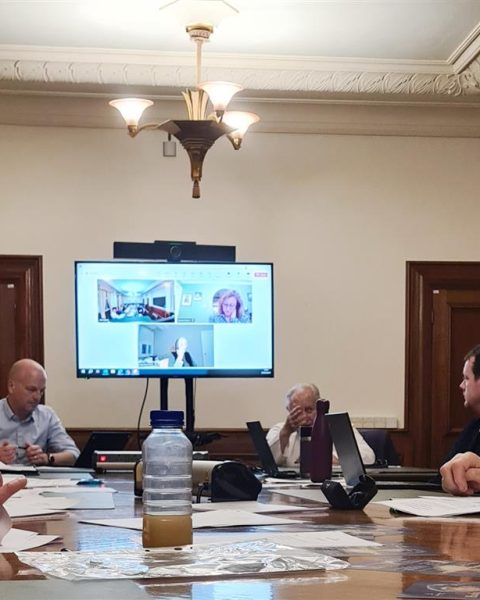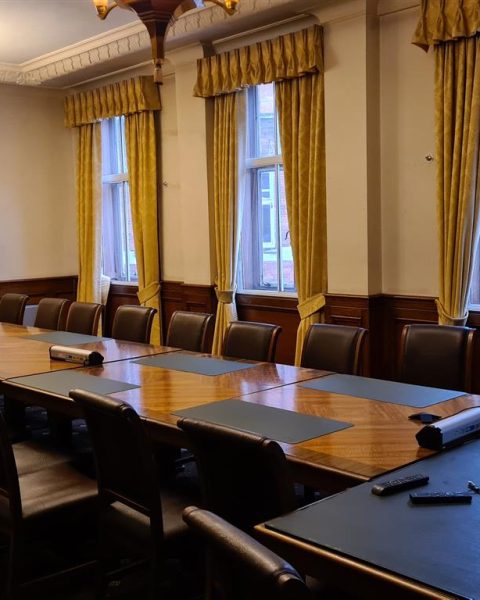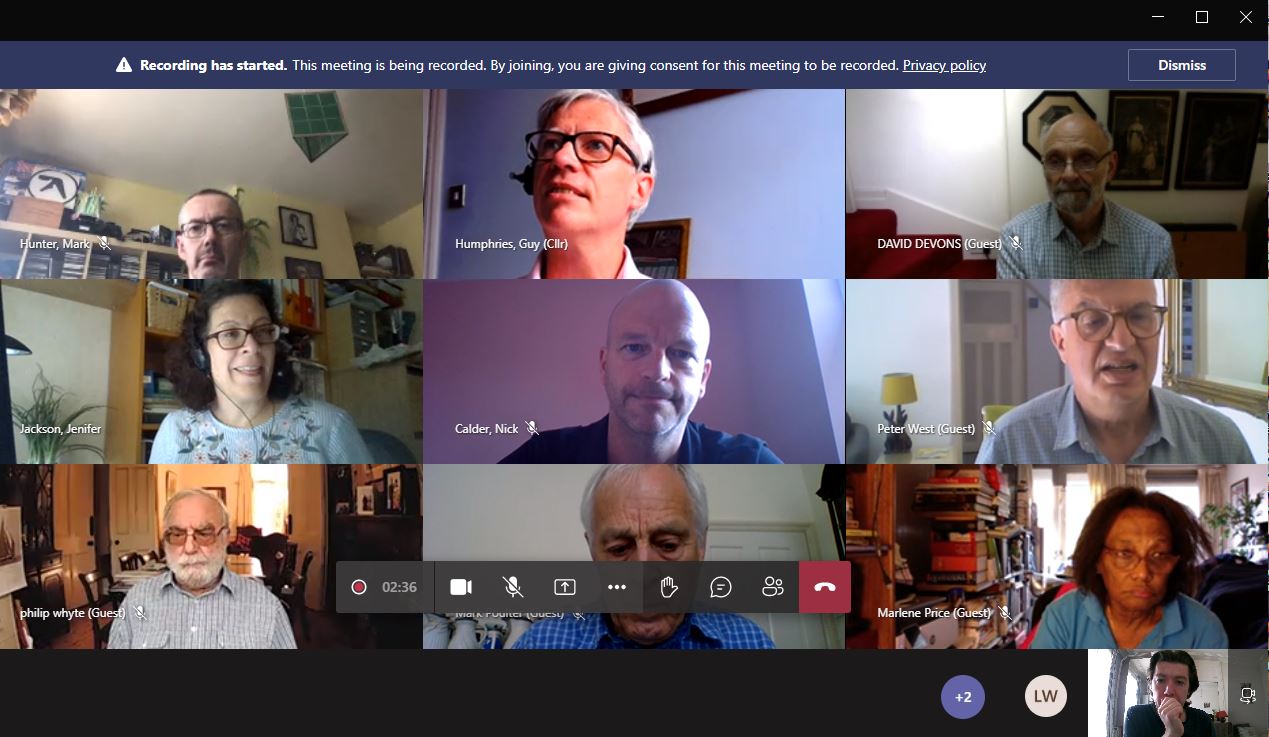The big headline was that the Local Plan is now adopted, with a clear sense of relief on the part of the Council at having got it across the line. Quite a milestone, and the result of a five year development process.
It was broadly on time, which does mean that Wandsworth has a generally robust – there are quite a few other local authorities (like Sussex) who have not got a currently adopted Local Plan, where planning descends in to chaos, with people putting all sorts through knowing it’ll get through on appeal as without a Plan there’s not much of a framework for Councils to justify their decisions.
A new consultation to review (and boost) affordable housing
That said – there’s already thinking about whether some aspects could do with a review – and in particular the Council’s planning policy on affordable housing being provided as part of new developments – where the thinking is new developments could be expected to do more than they currently do – to move towards an ambition of 50% target for affordable housing for new projects across the Borough. This would need to start with an initial consultation (a “Section 18 consultation”), which would be quite broad-brush.
Other aspects of the affordable accommodation provision would also be looked at again – including reviewing the preferred split of the ‘affordable’ part of new developments (potentially aiming for a larger share of socially rented accommodation than is currently the case, where there tends to be a lot of shared ownership), the extent to which developers are typically assumed to provide the ‘affordable’ element offsite via a cash contribution to developments provided by others (which is often a preferred option for smaller developers than building the affordable element themselves – and which tends to lead to the ‘infill’ Hidden Homes developments we have seen on estate land owned by the Council as well as the likes of the Pocket Homes tower next to Southside Shopping Centre), and compared to actually building it themselves.
- Read our article: A guide to understand affordable housing in Wandsworth
This is a complicated area: what’s actually viable varies across the Borough, given that land costs a lot more in some parts than others, and property sale prices also vary – a luxury riverside development in Nine Elms has quite a different amount for financial manoeuvre than a block of eight flats on a set on an old garage site in Roehampton, and the infrastructure contributions expected of developers also vary across the area.
Even new build affordable accommodation can still end up being sold off relatively quickly no matter what the Council does, as a lot of tenants have the right to buy at a sometimes substantial discount to the market value of the properties – which is an excellent option for tenants but tends to offset a lot of what is built.
The volumes aren’t huge: 14,112 former Council homes were sold to their tenants in Wandsworth under the right to buy since 1980, but just 65 families bought their Council properties from Wandsworth in 2020-2021-2022, the last year for which statistics have been released – but it does tend to remove the best Council accommodation (several of Wandsworth’s nicest ‘Council’ estates and blocks of flats are more than 80% sold, as people bought their flats over the years – while in the least popular estates with typically worse quality accommodation the share can be 15%). Short of declaring the accommodation specialist (like sheltered accommodation or with particular accessibility provisions), the Council’s hands are fairly tied on this – but at least this could increaser the amount of new housing coming in to the mix.
However the aim is bold and laudable, and having a clearer ‘starting position’ in an updated Local Plan could make it easier for Wandsworth to call the bluff of developers who somehow always seem to argue that their particular development of a hundred or so flats is so marginally profitable that it can’t possible provide even the bare minimum of affordable accommodation, while at the same time telling their investors it’s brilliantly profitable.
The levelling up and regeneration Bill includes proposals for making reforms to the planning process, and in particular the process for developing future Local Plans (and updates to them) and having them agreed by central government.
By and large these are focused on improving the ‘efficiency’ of the process – to make it more timely (i.e. quick) and also to have a greater degree of engagement with the public and their representatives (as the Planning Forum aims to do).
Rather than the process ending up with a great big submission and crossing of fingers towards the end, there will be three gateway meetings earlier in the development process where the local authority has engagement with the planning inspectorate (presumably as a way of checking that the authority isn’t miles off what the Planning Inspectorate thinks will get approved), and the aim is to have the whole thing completed within a thirty month timeframe.
There’s also a move to making the process more digital-focussed (i.e. material available online), and an aim to simplify what evidence local authorities have to provide to be ‘proportionate’ (to avoid huge amounts of resource being spent on exhaustive detail).
It all sounds reasonably sensible, but whether it works in practice remains to be seen – especially as there doesn’t seem to be any more resource going in to the likes of the always-overworked planning inspectorate to have the earlier engagement, and neither is there any particular promise to speed up the decision making stages in central government at the end of the process.
Helpfully it also brings in the option of ‘supplementary’ Local Plans covering specific aspects, which is where potential changes to affordable housing policy could be made. The end of June 2025 is the last date ‘old style’ plans will be able to be submitted – so next time round Wandsworth will be on the new process.
Loose rules on permitted development
The issue of ’permitted development’ was touched on – where central government proposed to keep loosening up planning rules to allow all sorts of premises (shops, offices, you name it) int o flats without the need to go though the planning process.
The Council does not think this is necessarily a good idea (at least in the way government is proposing to do it), and have said this in their response to the Government consultation – and we tend to agree: while at first glance you could think this sounds like exactly what is needed to solve the housing crisis, in practice taking these developments out of the planning process altogether seems to be handing control to the dodgiest and most crooked set of developers out there, who cram hundreds of tiny and appallingly laid out flats in to old office buildings – providing no affordable accommodation along the way, and making property of such low quality that it is miserable to live there and quickly becomes a major problem for the people living in it.
The Council is also rightly concerned that we keep losing employment and retail sites that are important part of the viability of our town centres – and which force people to own a car to get access to products and services. For example, in response to a consultation on Housing Delivery, the Council said:
“A substantial amount of retail, employment and other key town centre uses could be converted to residential, thereby having a significant impact on town and local centres’ vitality and viability. In addition to the impacts upon the vitality and viability, the Council is also concerned about the potential impacts upon the health and wellbeing of existing and future communities/residents due to the potential loss of creches, nurseries, clinics and health centres, gyms and indoor sports venues.”
Planning enforcement is complicated with limited powers for the Council
Planning enforcement side is developing updated guidance, which is a lot clearer on what the Council can do in practice. It explains the fundamentals in a more concise way, and explains in refreshingly frank terms what you can (and can’t) expect when you report a planning breach. This includes that the Council can’t go and enforce everything – it has to pass an expediency test, and you may need to be a witness yourself if you’re the one with the evidence of the breach! By and large this is a good and sensible approach to help us all understand the sometimes mysterious world of planning enforcement.
Battersea Square on the list of listed places
Conservation area has been adopted for Battersea Square, and is on the Council website. As part of the 2025 London Borough of Culture bid, there’s likely to be another look at buildings worthy of local listing because there’s something special about them.
Clapham Junction updates
The Clapham Junction Masterplan – whose commissioning was agreed in February – is at procurement stage – a joint effort given the overlapping interests of National Rail, Wandsworth council, developers and GLA/TfL.
Finally, it is worth noting that there have been quite a lot of personnel changes in the planning department – departures, promotions and vacancies means we can expect a bit of flux for several months.
Disclaimer: David Curran was representing the Clapham Junction Action Group at the Council’s meeting

















